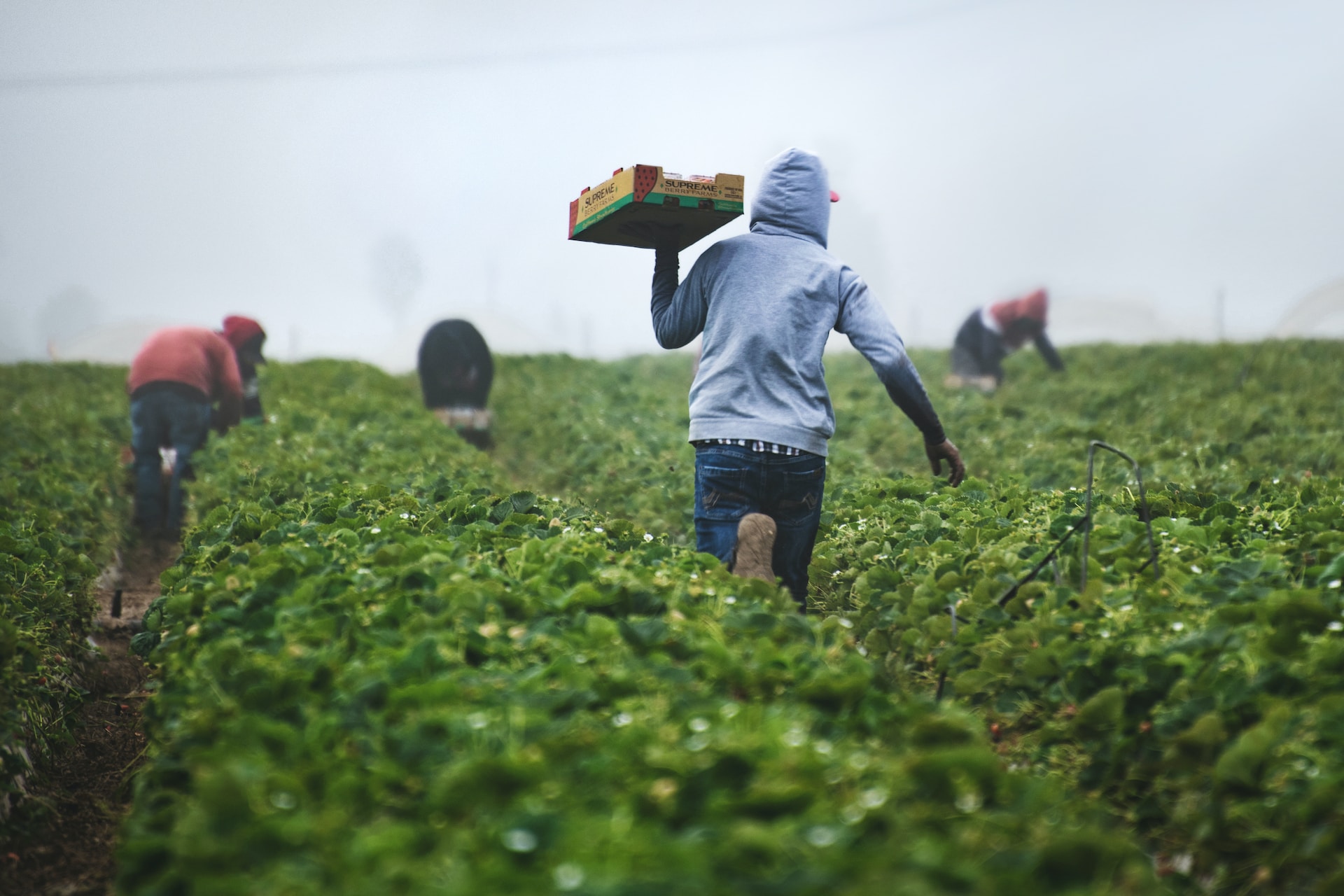Farming plays a crucial role in shaping human lives, from creating job opportunities to serving as a primary source of income for individuals. However, when resorting to farming, an individual must select an ideal farming structure for their property. The appropriate farming structure determines the profitability and amount of produce emanating from the farm. We will analyze the factors an individual should consider when selecting an ideal farming structure for their property.
Size of the Land
The size of the land serves as a crucial component in determining the farming structure to select. When selecting a farming structure, a farmer should resort to a technique that makes maximum use of the land and minimizes wastage. Therefore, a farmer should choose a system that exhausts the land’s potential and eliminates the possibility of wasting space.
Budget and Cost Analysis
Moreover, an individual should select a farming structure within their budget. Farmers often fail to meet their intended targets due to the lack of proper financial discipline. They settle for farming structures beyond their budget, forcing them to incur extra costs. Therefore, farmers should settle for a farming structure within their budget to eliminate financial constraints.
Flexible Structure
A flexible farming structure creates an avenue for the future expansion of services. Many farmers always dream of expanding their portfolio by increasing the amount of farm produce and profits. A rigid farming structure eliminates the possibility of expansion due to the lack of space or plans to facilitate growth. On the other hand, a flexible farming structure makes room for adjusting and expanding the portfolio. Therefore, it is paramount for an individual to select a flexible farming structure to facilitate expansion plans.
Environmental Factors
The surrounding environment also contributes to the farming structure a farmer ought to select. The unpredictable environmental factors such as constant weather changes contribute to the farming structure that ensures profitability. A farmer should analyze a region’s ecological factors to determine the weather patterns and ensure they settle for a design that suits the environment. In addition, the structure they settle for should be flexible enough to accommodate impromptu weather changes.
Explore Different Types of Structures
The presence of various structures provides an avenue for farmers to select one that best suits their needs and plans. Therefore, the farmer should research multiple structures, such as greenhouses, barns, or sheds, to determine the one that aligns with their goals and needs. Additionally, the advantages and limitations of each structure create room for analyzing the risk factors involved and deriving appropriate mechanisms to mitigate the risks.
In conclusion, a farmer’s farming structure is crucial in determining profitability and the chances of attaining the set goals. Therefore, a farmer should consider certain factors, such as the size of the land, and environmental factors, explore the types of structures, budget cost analysis, and pick a flexible structure before deciding on the kind of farming structure to adopt. The factors enhance profitability and boost the chances of increasing profitability and ensuring they meet their goals.




